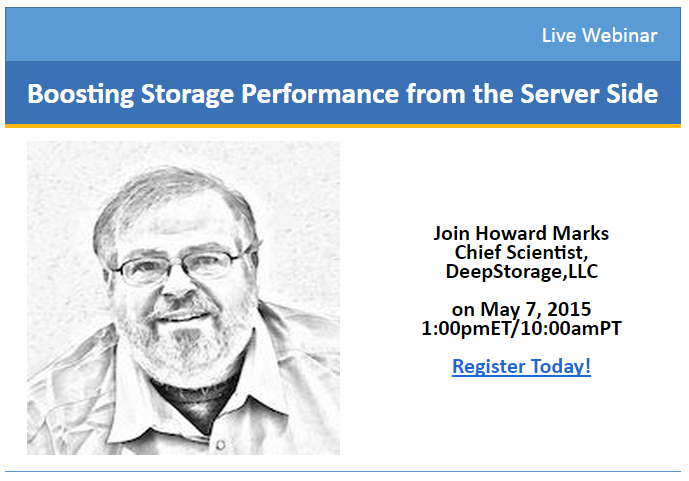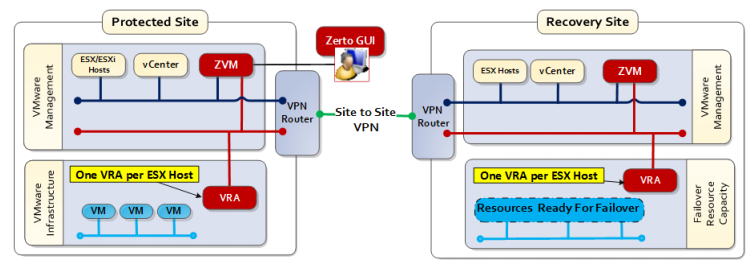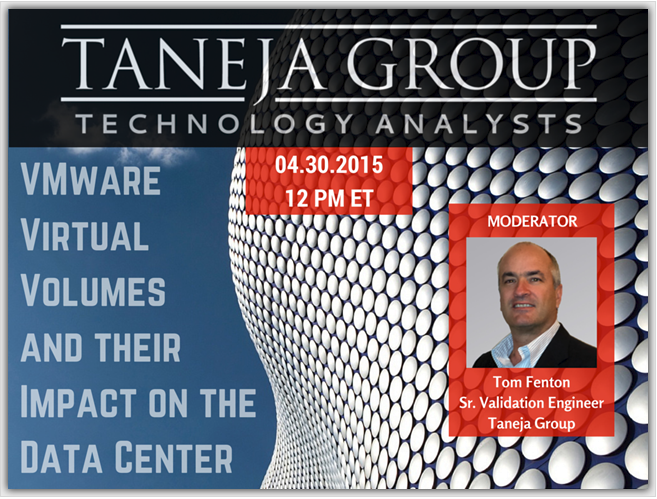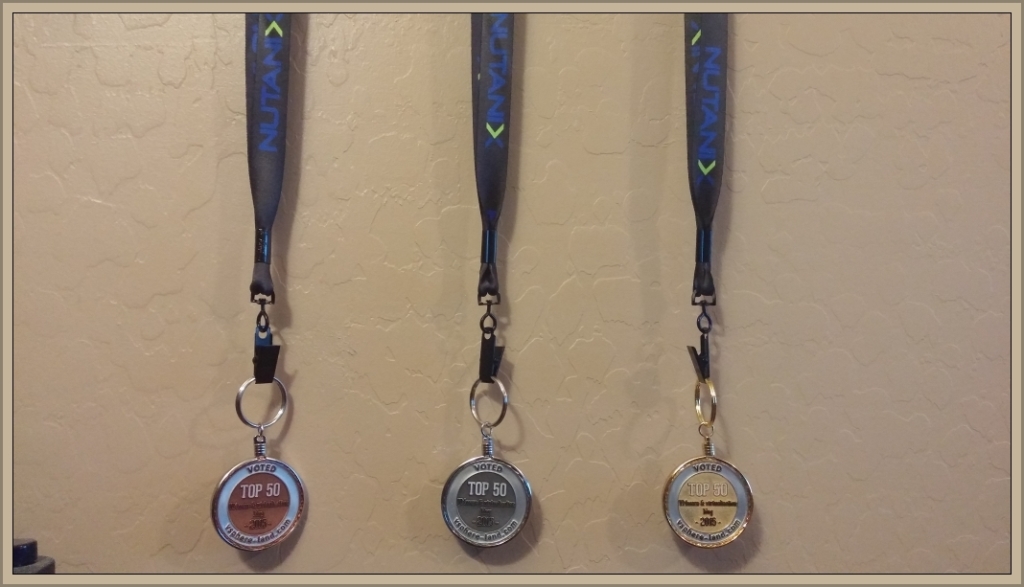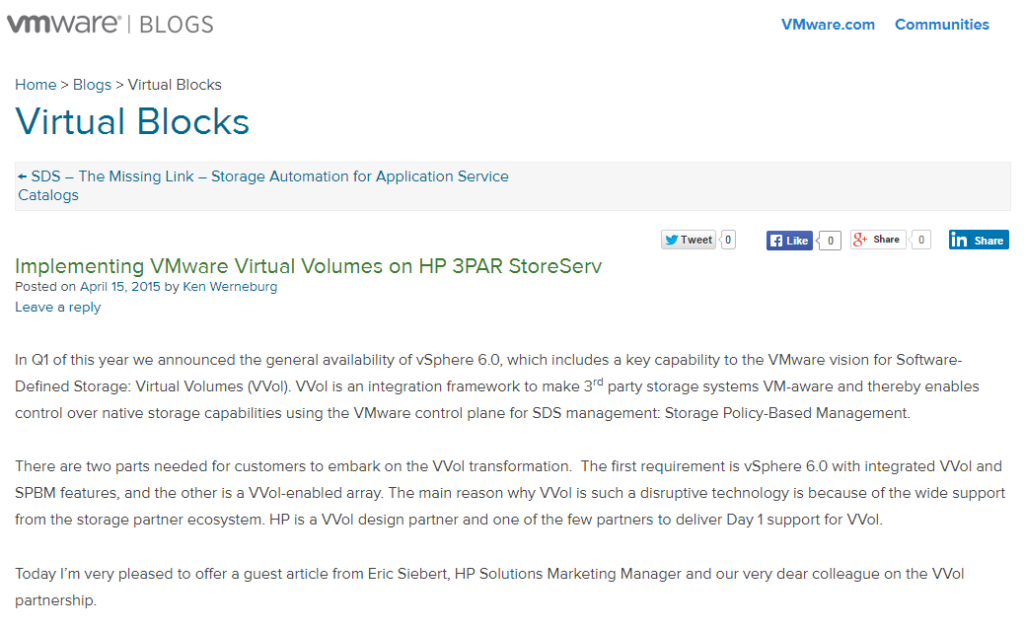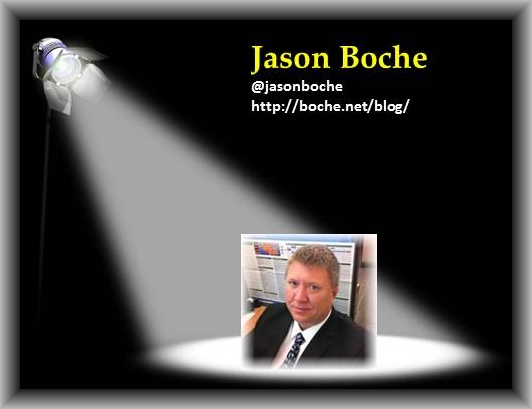
Top vBlog 2015 is over but I’m still continuing my vBlogger Spotlight series to shine the spotlight on several prominent bloggers in the community to give you some insight into their experiences with blogging. Today’s spotlight is on Jason Boche, a good friend of mine from way back to the days when we were VMTN moderators together. Jason is one of the only bloggers that I know that has a full fledged data center running in his basement to power his home infrastructure services and serve as his home lab for blogging at boche.net. Jason mentions VMworld 2008 were I convinced him to start blogging, here’s a pic of some of us doing the Community Roundtable podcast way back in the early days live from VMworld and also a pic of Jason after he tried to explain what vMotion is to Danica Patrick.
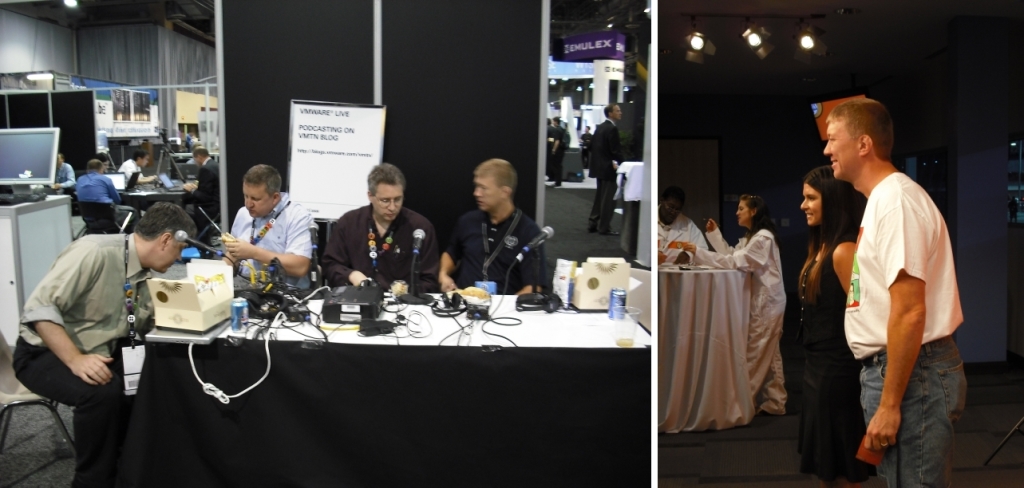
Jason has a fondness for cigars so if you ever run in to him at a VMware event be sure and pack a few stogies to smoke with him. So without further ado enjoy a Q&A session with Jason Boche:
What year did you start your blog?
[Jason] I started my blog in the year 2008.
What inspired you to start a blog?
[Jason] I gained a lot of knowledge and experience working with VMware products in a large corporate environment as well as in my home lab. I had also spent a lot of time sharing the knowledge that I had gained early on with others in the VMware community forums. Blogging and other forms of social media was gaining popularity as output channels for content and after a discussion with my Eric Siebert at Las Vegas Motor Speedway in 2008, that seemed to be the next logical step.
Describe your early blogging experiences and how you have evolved over the years?
[Jason] When I got my blog started up in my home lab, my brain was overflowing with blog articles I wanted to get out. Early on I think I was producing many blog articles on a daily basis. That eventually slowed down to a more reasonable and digestible rate but managing an enterprise datacenter with VMware and other infrastructure products still gave me plenty to write about in the coming years. Four years ago I transitioned out of a customer role and moved to the VMware partner side of the world where I work for a storage vendor. My blogging output has dropped considerably during this period. Part of this is due to the lack of operational day in day out hands on VMware products that I used to have, and part of it is due to a personal shift with more time and focus spent on my growing family. Sharing and giving back to the community what I can was and still is very rewarding but it comes with a cost which is a time component. Over the last few years my priorities have shifted from community to family. It’s evident in my blogging and my participation in other social media avenues. I haven’t given up completely, it’s just a re-balance.
What has kept you blogging over the years and not quitting at it?
[Jason] Datacenter architecture and technology is in a perpetual state of evolution and transformation. I still have plenty to learn and in turn share with others. Blogging is one of many facets of community. Community is important to me and for as long as I can remember, I’ve been wired to support others and give back which I have done in many ways throughout my lifetime. The name Jason translated from Greek literally means “healer”.
What was your best experience or fondest memory related to blogging?
[Jason] Positive feedback from others that I’ve helped them or saved their weekend in some way. I’ve been there and I know the feeling of mental and physical exhaustion and eventually overwhelming relief when a problem is solved.
Any advice for others who are new to blogging?
[Jason] Your blog therefore you are in control with your own rules. Don’t get caught up by others telling you what you should and should not do with your blog in terms of content or frequency. When a blog becomes a job, the fun and passion will be sucked right out of it. Monetization may or may not come. Don’t force it. It shouldn’t be a the primary goal if you already have a day job. Use it to cover expenses, not get rich. A genuine, friendly, and modest personality will draw readership. Be approachable but maintain boundaries for life/family balance. Blog output requires just as much or more input – continue learning and the sharing part will come easier.


